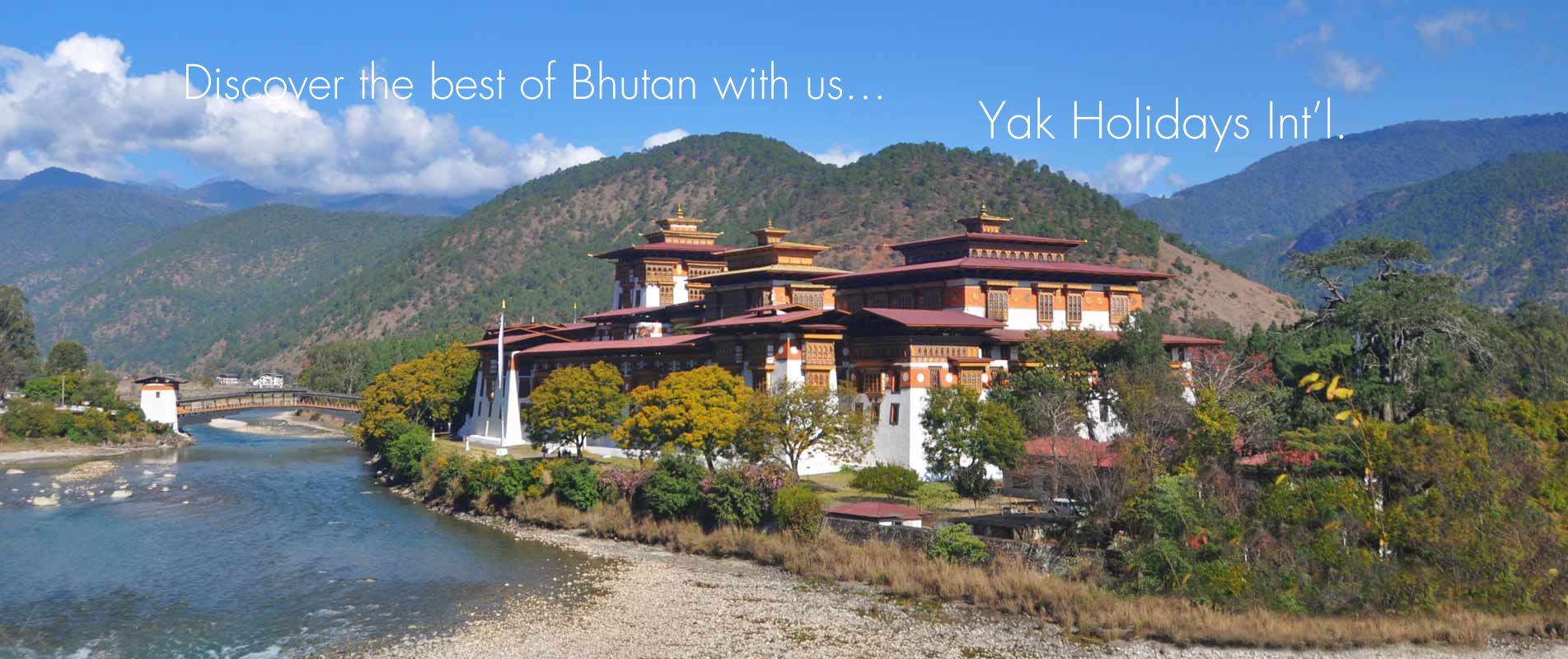Magical Kingdom Bhutan 🇧🇹 🧘♀️⛰️
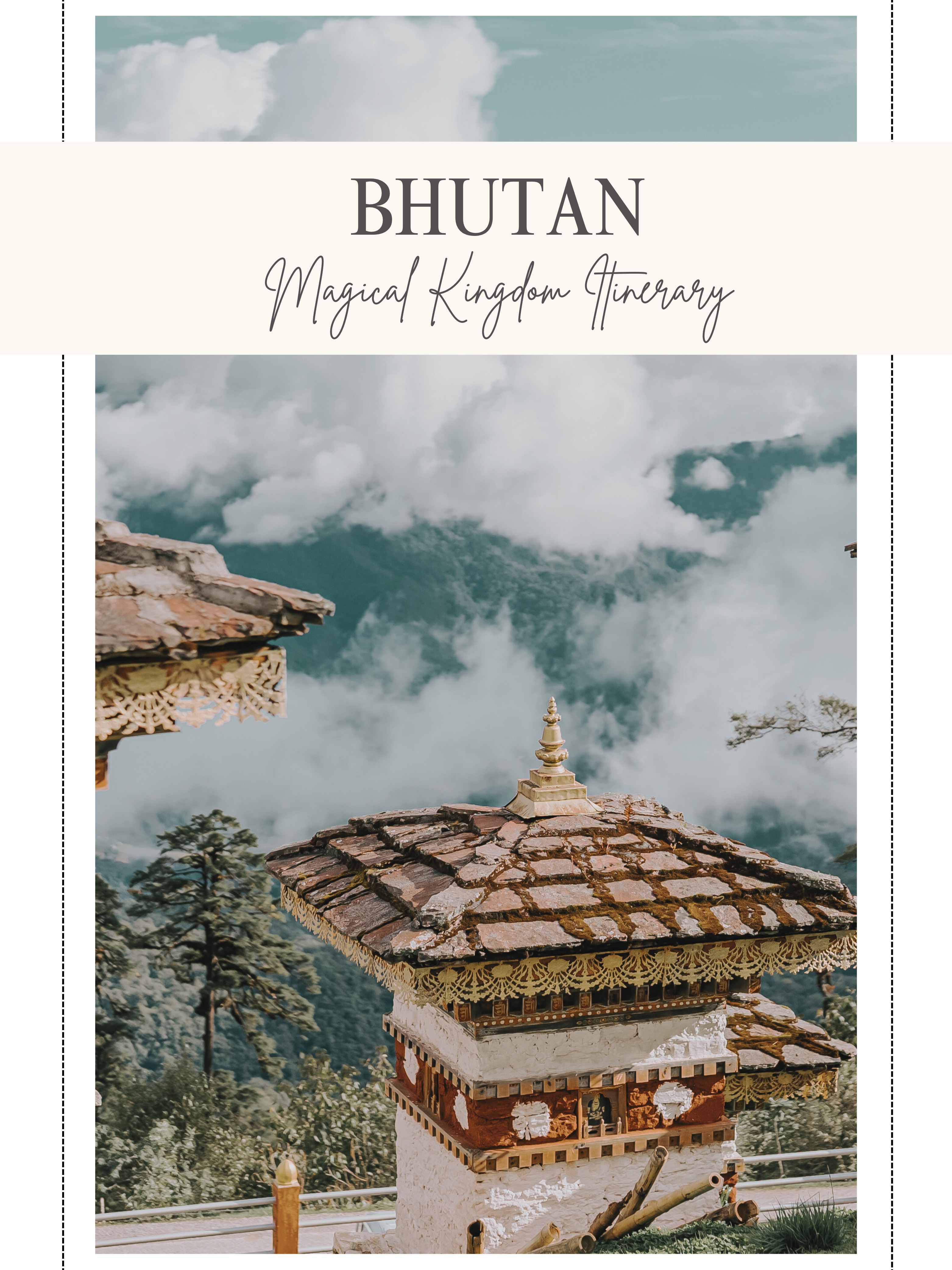
Travel Planning 📝
✈️ Getting there
🚌 If you are traveling from anywhere in India, you can fly into Bagdogra (IDX). From there, it’s a 4 hour drive to the border city Phuentsholing of Bhutan.
🛬 You will land at the international airport in Paro (PBH) if you are travelling from anywhere else in the world.
🤵♂️ Travel Guide
A travel guide is mandatory for visiting Bhutan. You will be picked up from the border or the airport by an authorized travel agency, and a guide will be with you for the entire trip. Some of the best service providers are listed below:
🛂 Visa
❇️ Indian citizens do not require a visa to enter Bhutan but are required to obtain an entry permit to enter the country. It can be obtained upon arrival at the port of entry such as Paro International Airport or Phuentsholing land border. It’s a seamless process which will be handled by your travel agency. Should carry passport with minimum 6 months validity.
💰 Indian tourists must pay a Sustainable Development Fee (SDF) of $15 (Rs. 1,200) per person per night.
❇️ All other nationals require a visa to enter Bhutan. It can be obtained online prior to the arrival. Processing time is two working days.
💰 The sustainable development fee(SDF) is $100 per night per person. I know it’s hefty but it’s sure worth it for all that this tiny nation has to offer!
❇️ Travel insurance is not mandatory but it’s still recommended as a precaution.
💸 Money, Sim Card
❇️ The official currency in Bhutan is the Bhutanese Ngultrum, although US dollars and Indian Rupees are also commonly accepted. Because ATMs are almost nonexistent outside of Paro and Thimphu, you’ll want to bring cash for purchases outside of these major towns.
❇️ WiFi is available in hotels and restaurants. You can buy a local SIM card of Bmobile and Tcell at the airport or from the local shops. You need to submit a photocopy of your passport.
❇️ Have you tried an eSIM? Get US$3 off your first eSIM data pack from Airalo. Use code AMBICA5687 when you sign up or apply it at checkout.
🗓️ Best Time To Visit
The best time to visit Bhutan is generally considered to be either in the spring, between March and May, or in the autumn from September to November. During these months the weather tends to be pleasantly dry and mild, and the scenery - never less than beautiful, of course - is at its most glorious.🌸
🧳 What To Pack
Here’s what you absolutely should pack for your trip ,
☑️ Layered Clothing - Thermals, Down Jackets, Sweaters, Socks
☑️ Hiking Shoes
☑️ Sunscreen and Sunglasses
☑️ Trekking Gear - Backpack, Rain Cover
☑️ Travel Adapter
Itinerary 🗺️
Since traveling with a guide is mandatory, your travel agent will provide options based on the duration and activities you wish to include. Here’s a guide to help you compare and ensure you experience the best of this amazing country without missing any key spots.
📍Phuentsholing

This is where you start your trip, you can stay the night or get on with your journey ahead depending on the time of arrival.
📍Paro
It’s a 4 hour journey from Phuentsholing to Paro. Enjoy the scenic drive and we shall consider the trip as Day 1 from here.
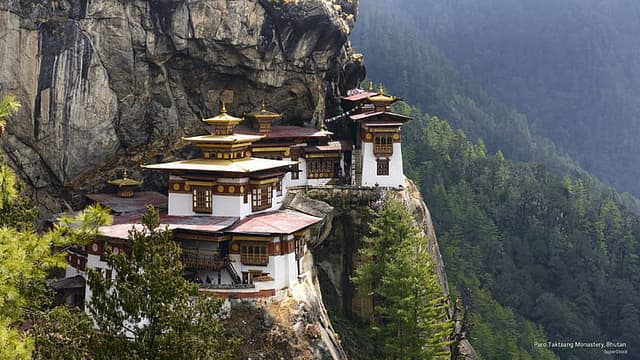
Day 1
Nestled in the scenic Paro Valley of Bhutan, your first day in Paro promises to be a mesmerizing blend of cultural immersion and natural beauty. Start your day with a visit to the iconic Paro Taktsang, also known as the Tiger’s Nest Monastery, perched dramatically on a cliffside. The hike to the monastery offers breathtaking views of the valley below. It’s a moderate to difficult trek, some might have to get acclimatised first. You can do this on the second day if you’re facing difficulties.

Day 2
Explore the quaint town of Paro, with its charming shops and traditional architecture. Don’t miss the National Museum housed in the Ta Dzong, where you can delve into Bhutan’s rich history and art.
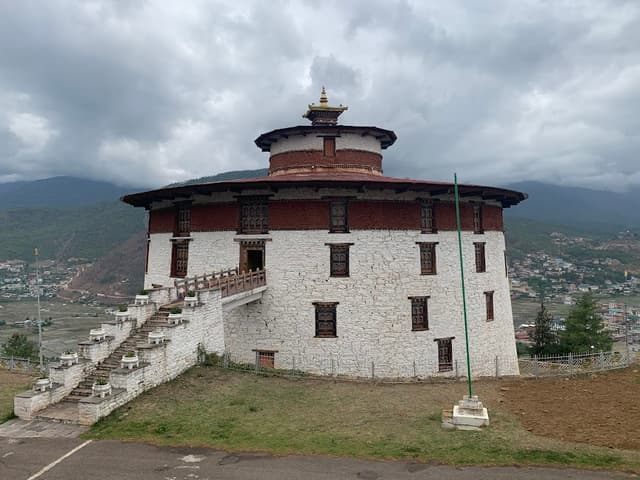
- Conclude your day with a peaceful stroll along the banks of the Paro Chhu River, soaking in the tranquil ambiance of this enchanting town.
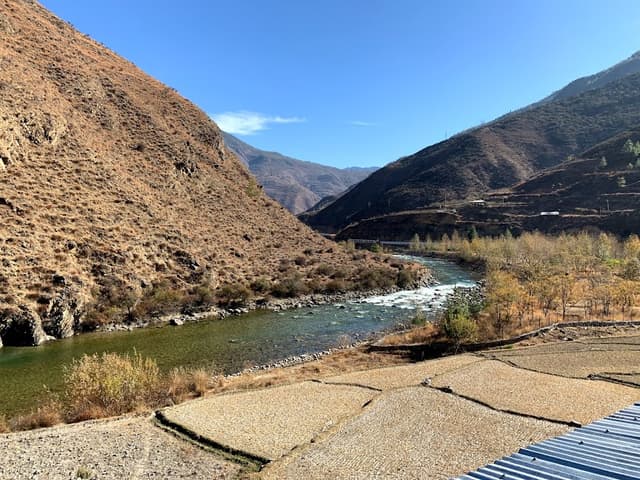
- Other places to checkout are Dakar monastery and the archery ground.
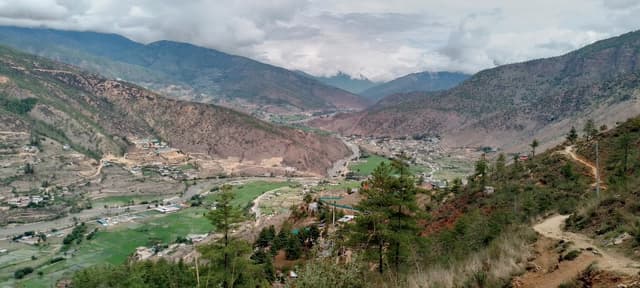
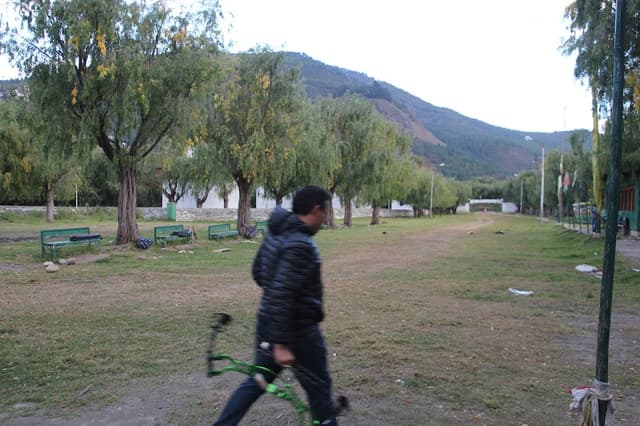
🏩 Accommodations in Paro

Where to eat @ Paro?🥣🥢🍴
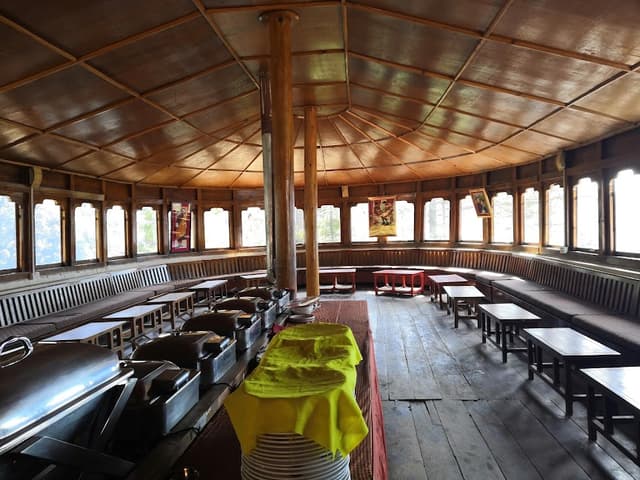
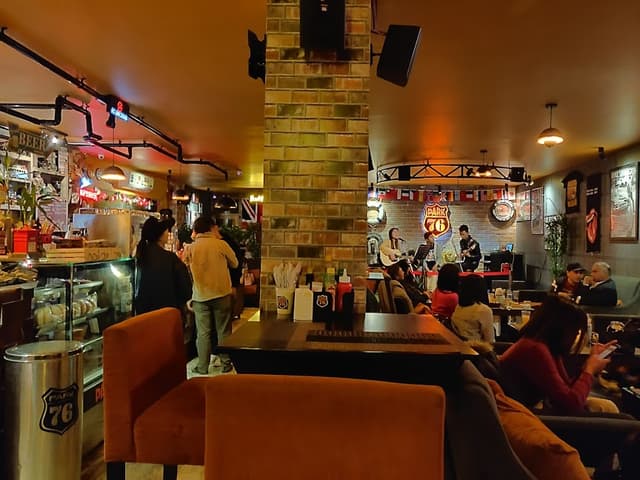

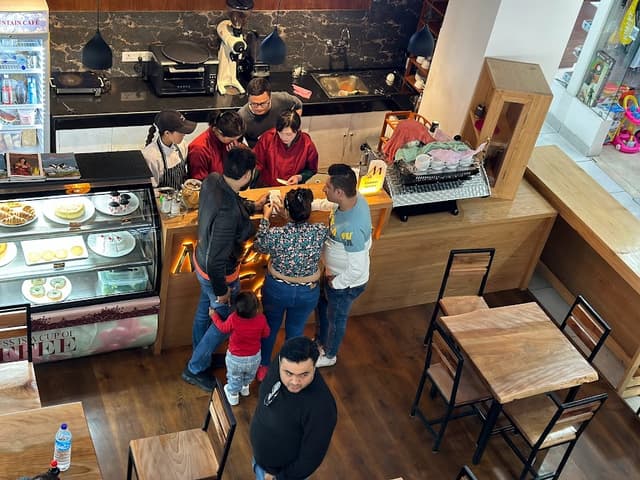
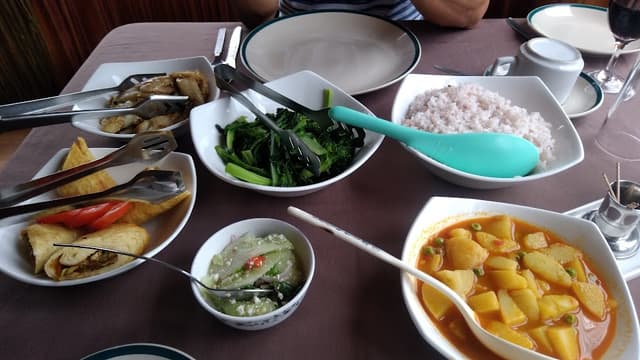
📍Thimpu
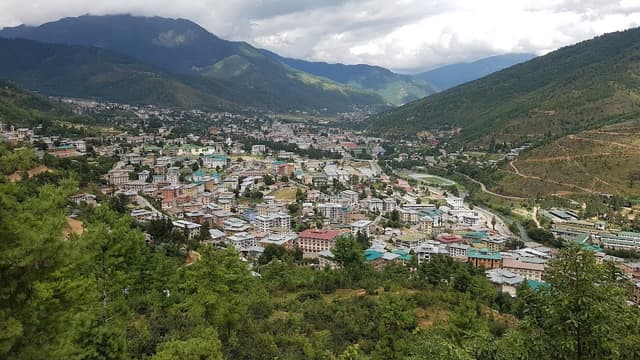
Day 3
Drive to Thimphu, the capital city of Bhutan
- Visit the Memorial Chorten, a prominent Buddhist stupa
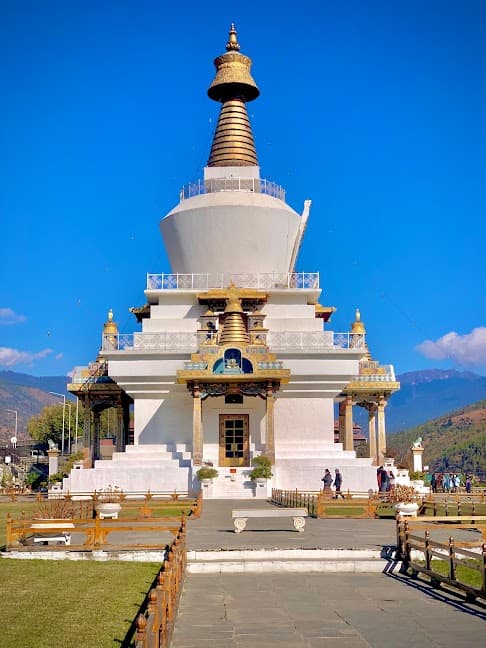
- Explore the Thimphu Craft Market and shop for traditional Bhutanese handicrafts

- Take a hike to Tango Monastery, a Buddhist monastery located on a hilltop
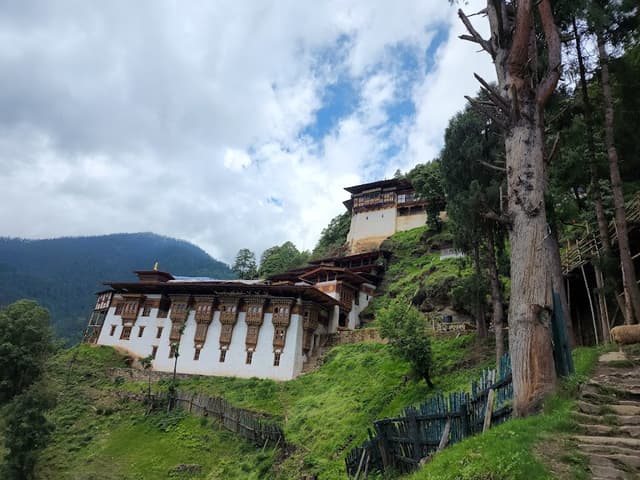
Day 4
- Visit the Tashichho Dzong, a beautiful fortress-monastery that houses the throne room and offices of the king
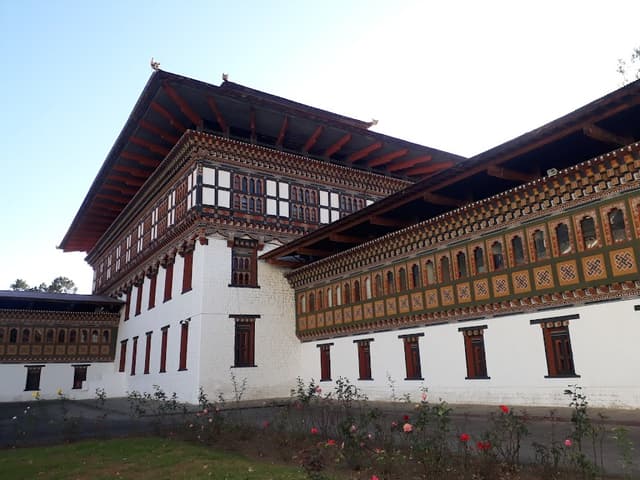
- Explore the Folk Heritage Museum to learn about traditional Bhutanese rural life
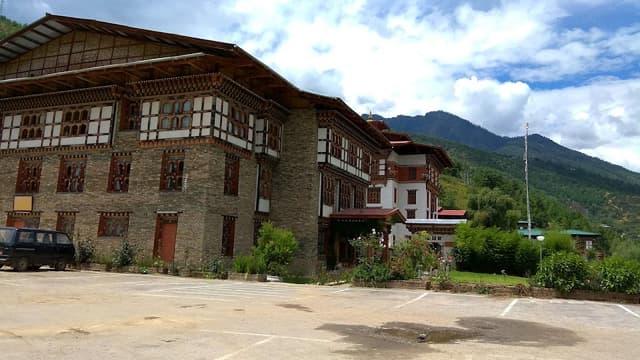
- Take a short hike to the Buddha Dordenma, a massive statue of Buddha overlooking Thimphu valley
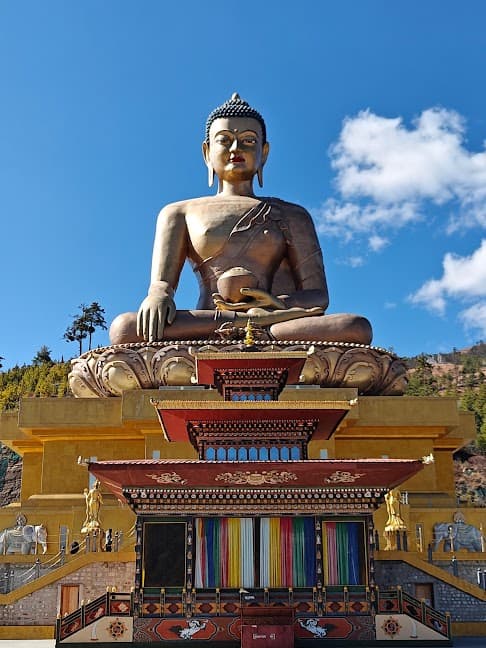
- In the evening, you can explore the nightlife in Thimphu, perhaps trying some local bars or restaurants.
🏩 Accommodation in Thimpu

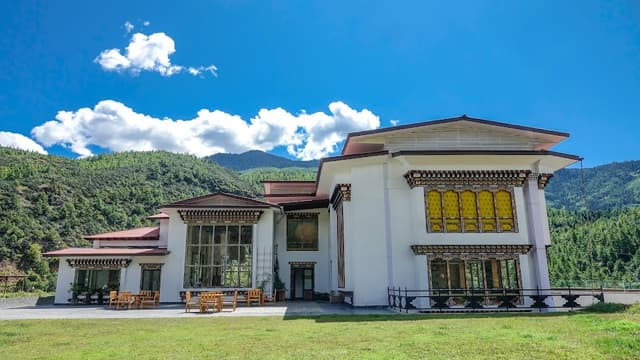
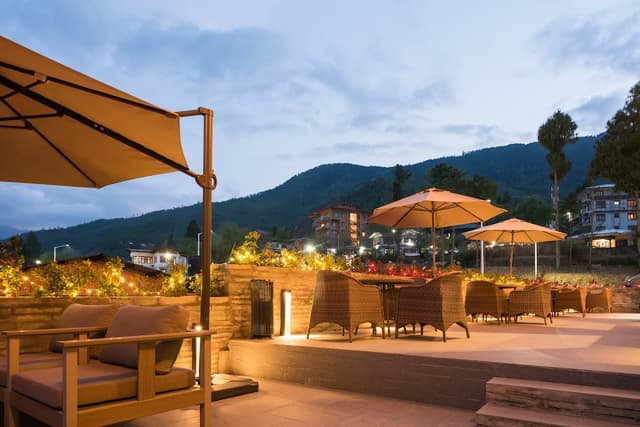
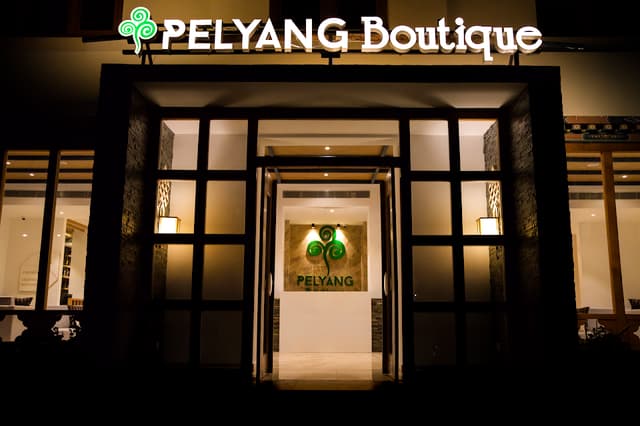
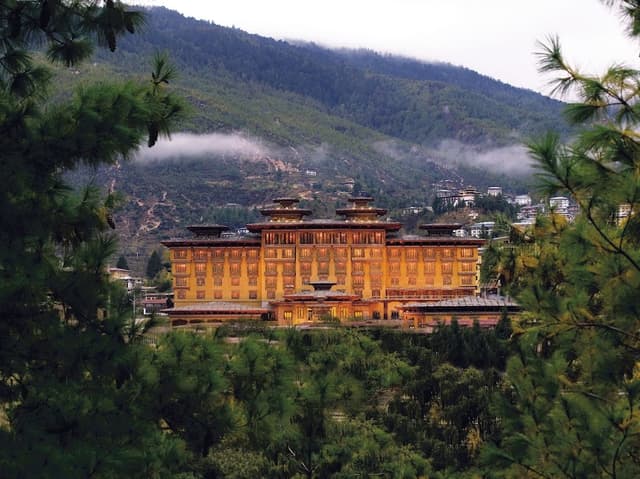
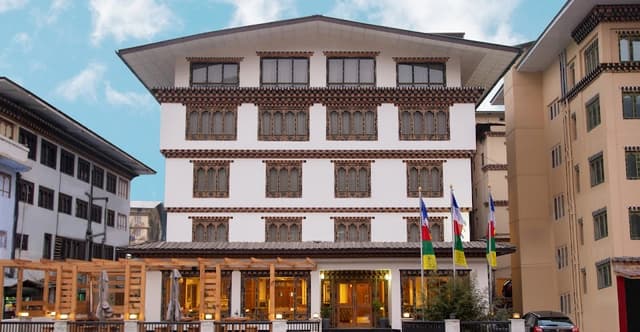
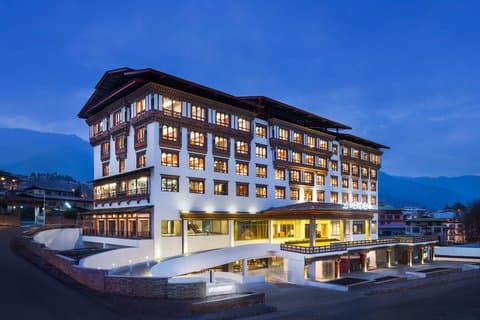
Where to eat @ Thimpu?🥣🥢🍴

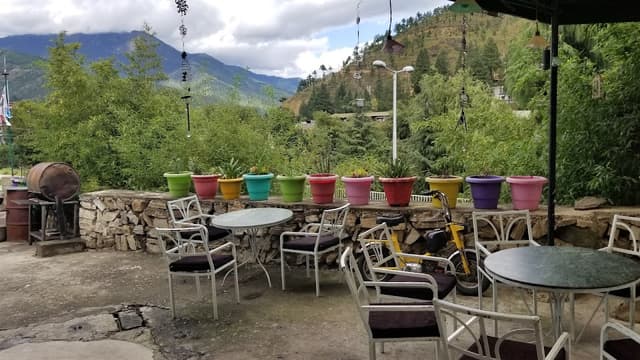



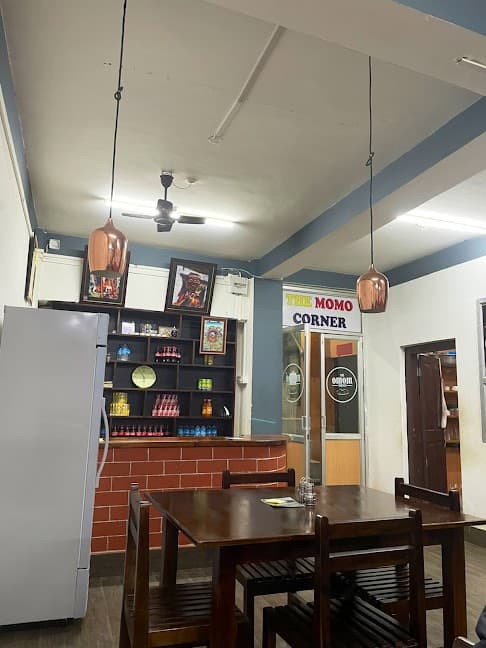
📍Punakha

Day 5
- Drive to Punakha, the former capital of Bhutan
- Visit the Punakha Dzong, an architectural masterpiece situated at the confluence of the Pho Chhu and Mo Chhu rivers
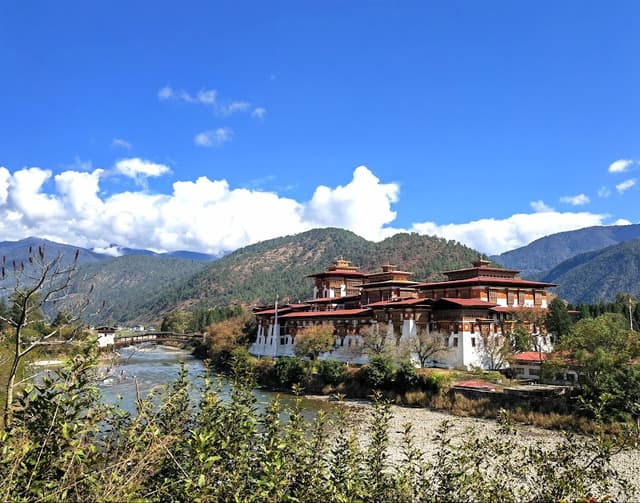
- Hike to Chimi Lhakhang, a fertility temple dedicated to the Buddhist saint Drukpa Kunley
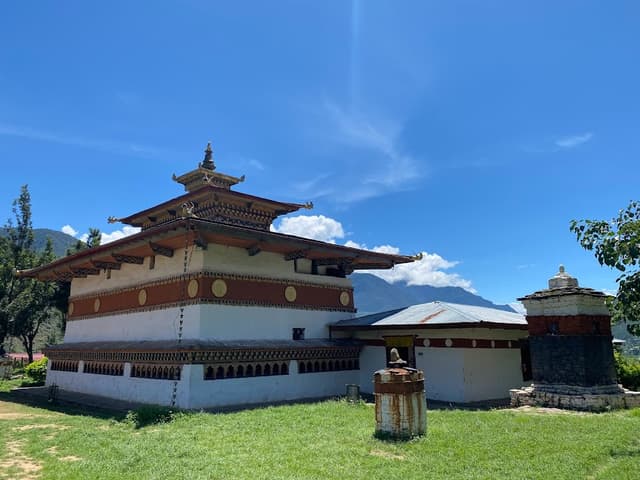
- Explore the surrounding countryside and enjoy the scenic beauty of Punakha valley
🏩 Hotels in Punakha
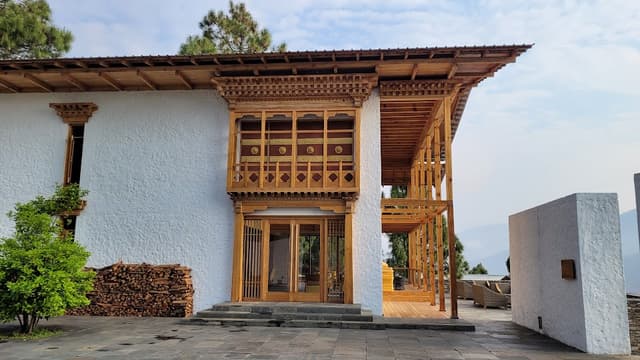
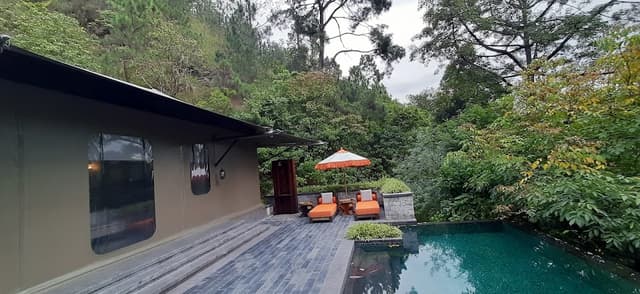
Where to eat @ Punakha?🥣🥢🍴
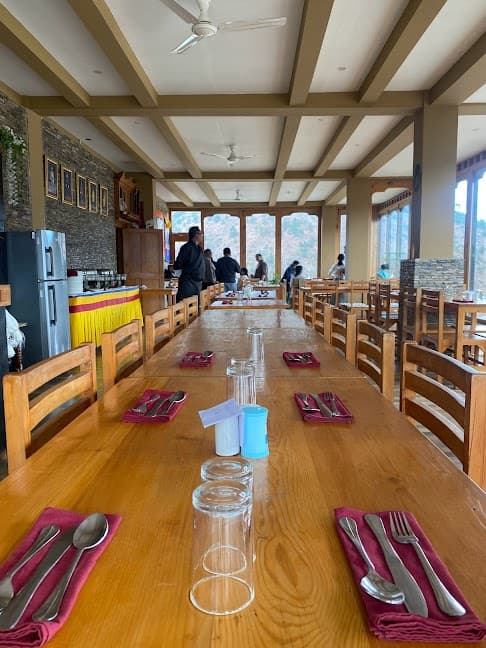
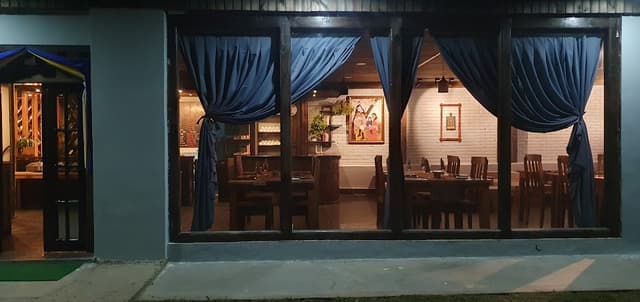
🛫 Departure
It’s a 5 hour drive from Punakha to Phuentsholing. You can choose to stay the night there or continue to travel to Bagdogra to catch your flight on the same day.
Other Info📜
🗣️ Language
Dzongkha is the official language of Bhutan, but English is widely spoken and many guides and drivers speak it. Learning a few words and phrases in Dzongkha can help you interact with locals and shopkeepers, and also help you understand the culture. Here are some words and phrases you can learn:
♦️ La: Used to show respect when addressing someone
♦️ Kuzu zangpo La: Means "hello"
♦️ Kaandinchey La: Means "thank you"
♦️ Ani Ga Chi Mo: Means "what is this"
♦️ Dilu Gadem Chi Mo: Means "how much is this for"
♦️ Log Jay Gay: Means "see you again"
♦️ Layshom ye? Means "are you well?"
🌈 Festivals
Tshechu Festival 💫
Tshechu Festival, also called the National Festival of Bhutan, is the largest and most popular celebration in the country. It is believed that one can attain good fortune by attending these festivals. It's mostly celebrated in February and March.
Jambay Lhakhang Drup Festival 💫
This festival is held at Jambay Lhakhang Temple in Bumthang. It is one of the 108 temples that was built in a day by the 7th century Tibetan King Songsten Gampo. The festival is marked by various mask dances, which are called chams in the local language. Mewang, the fire ceremony, attracts thousands of tourists. During the ceremony, the locals are seen dancing under a flaming structure made of dry grass.
The home for unique & authentic travel

